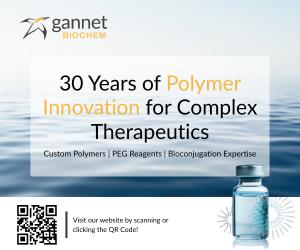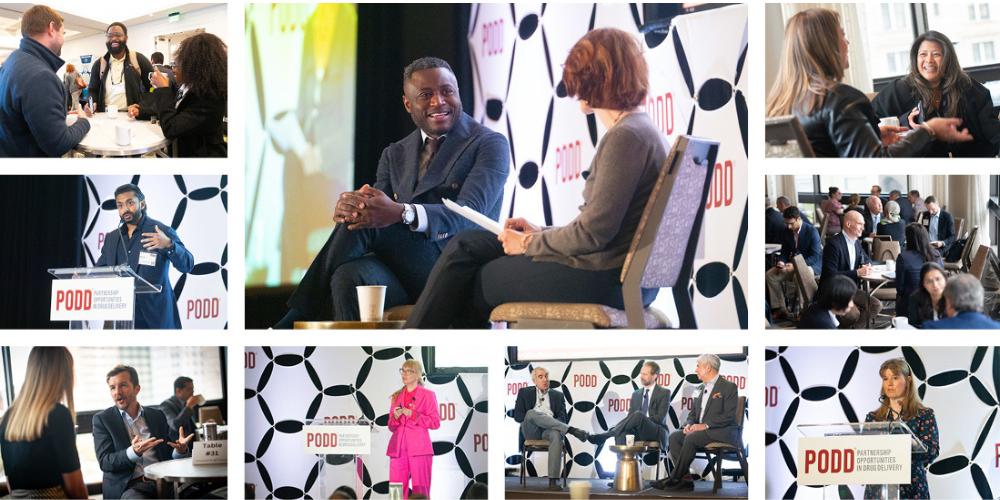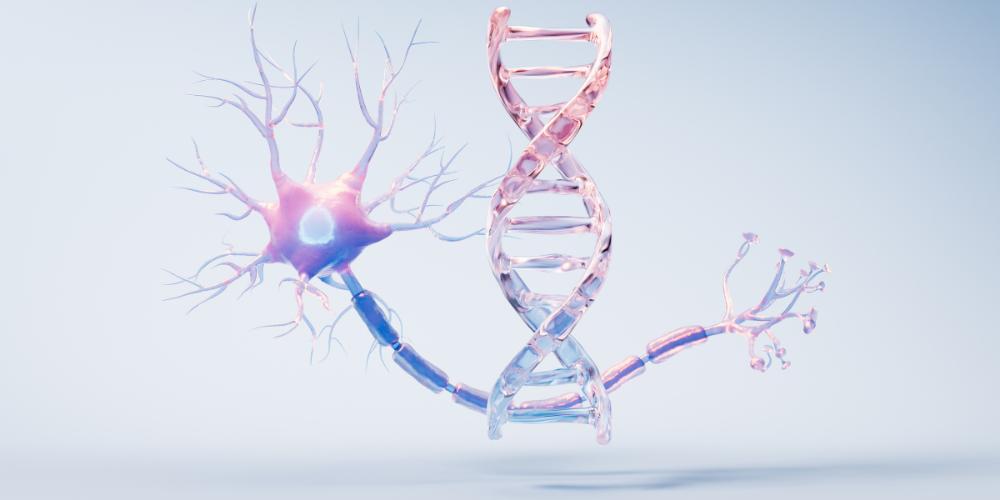
Sangeeta Bhatia, MD, PhD, is Director, Laboratory for Multiscale Regenerative Technologies and the Marble Center for Cancer Nanomedicine, a Professor of Engineering, MIT, and a biotech entrepreneur.
What are you working on now in your lab?
My lab is really focused on how the so-called “tiny technologies,” micro- and nanotechnology can address unmet needs in medicine. We’re interested in three areas: liver disease, cancer, and infection. The last few months have been very interesting because we were already working on pulmonary infections when the pandemic arrived, and some of our projects have quickly pivoted.
In liver disease, we leverage computer chip “microfabrication” technologies to build synthetic human liver tissues, cell by cell. This can be important for understanding pathogens like hepatitis B and malaria that naturally grow in the liver, but also new forms of drug delivery. For example, we just published a paper on delivery of siRNA for RNA interference in human hepatocytes. Because many new modalities such as AAV-mediated gene therapy and CRISPR-mediated genome editing frequently target the human liver, and because liver biology is notorious for poorly predictive animal models, it’s powerful to be working in the human system when you’re thinking about delivery. The other part of the liver group is focused on fabricating livers as therapeutics, for delivering living cells as an alternative to transplant. It turns out many diseases of the liver can be cured with relatively little liver mass implanted in a satellite location, so we use microfabrication technologies to arrange cells and their neighbors in biomaterials in a way that they can connect to the blood stream and function without surgical removal of the diseased liver or the need for a full replacement organ.
In cancer, we’re more focused on an even smaller length scale of manipulating biology, the nanoscale. Materials under 100 nm exhibit altered physical properties but also biological properties, like enter into tumors. For example, we have a platform technology that we call “synthetic biomarkers.” These are nanomaterials that are designed to enter into diseased tissue, become activated by enzymes in the tumor microenvironment, and liberate reporters that can be detected in biofluids like urine.
In this way, one can create biomarkers for disease processes where there are no current tools except for invasive biopsy. We hope to use these to address large unmet needs like early detection of cancer, when it is often most curable, and detection of cancer in the developing world where screening infrastructure is limited. We’ve spun out a startup called Glympse Bio to advance these to patients and we are finding lots of interest also in things like drug response monitoring, to quickly assess if patients are on the right combination of medicines.
And then on the other side, if you can get a nanomaterial into a tumor, you can deliver cargo. Historically, we’ve been interested in responsive materials where the physician can interact with the material to achieve an outcome. For example, metal plasmonic nanomaterials can heat up in response to infrared light to ablate tumors, or magnetic nanomaterials, that you could both visualize with MRI and remotely heat with RF fields to cause local drug-release from liposomes.
We use chemistry, physics, engineering and biology to make these nanosystems. We’ve even used magnetic bacteria to grow genetically encoded targeted magnetic particles. In our most recent study, we explored the ability to potentiate immunotherapy, trying to turn so-called “cold” tumors “hot” by delivering immunostimulatory cargo in nanomaterials that can actively penetrate tumors.
In infectious diseases, it turns out that a lot of the projects stemmed from what we were doing in the other two areas. Getting into an infected tissue and killing the organism and sparing the normal tissue is actually very similar to the work that we did in cancer. So about 5 years ago, we ported many of those projects over into infectious diseases. Mostly, we work on strategies to overcome antibiotic resistance in the setting of bacterial pneumonia; although because of this effort we had been studying viral pneumonia when COVID-19 arrived and we are exploring how our tools may be helpful for the prevention, detection, and treatment of SARS-COV-2 infection.
"It’s powerful to be working in the human system when you’re thinking about delivery."
Is there technology in any other fields that could be implemented in your work?
What’s really cool now is the miniaturization that existed to drive hardware, to make the hardware smaller, was motivated by the desire to make computation faster. We are now benefitting from the intended use of that work.
Now that computation is so much faster, we have amazing tools, like machine learning, and we have the computational tools to process and mine the biological data that we didn’t have when I started on this journey.
It’s sort of a wraparound, where the hardware kept going and the computation actually has caught up to be helpful to us. So on the project on early detection of cancer, we inject these materials that are supposed to find cancer early and give a urine signal. What we do is measure about 15 different signals at once. The way that you can make that into an accurate test is by using machine learning. You take the 15 signals, you use them to train an algorithm so that it can then classify disease in an unknown sample. The computational power to do this didn’t exist when we started 20 years ago.
At PODD 2019, you mentioned that, in the next five years, you hope to see more women and more diversity in the field. How do we help to encourage that goal?
At the very earliest levels, it’s been shown through many studies that there’s a role model effect, and that role models can really improve what girls aspire to be themselves and what parents aspire for their girls to be. I’m doing a lot of work, as are many women, to be more visible. Sally Ride, the first woman astronaut, used to say, “You can’t be if you can’t see it.”
There’s an organization that I’m connected to, which is doing a big social media push, called the Lyda Hill Organization. They’re doing something called “If/Then.” “If you support a woman in STEM, she can change the world.” I have also participated in a social media campaign with Paula Hammond and Angela Belcher, who are two amazing women professors at MIT, which sought to change perceptions in our field called #ILookLikeAnEngineer.
That being said, I’m really focused on creating institutional change. There’s a great roadmap at MIT. There’s a group of sixteen women some called the “MIT 16” that helped MIT understand and improve faculty gender equity. They famously published a “Gender Equity Report” in the faculty newsletter. It was supported by the president of MIT at the time – this was in the late 1990s – and in subsequent years, they doubled the number of women faculty at MIT. They institutionalized changes in all kinds of areas, such as recruitment, tenure, salary, space allocation, teaching loads and childcare.
What I’ve been interested in is doing that same sort of thing but for women academic startup founders. It appears that women do not seem to be starting biotech companies at the same rates as men. I got together with Susan Hockfield, who is the former MIT president, and Nancy Hopkins, who was one of the MIT 16. We started something called the Boston Biotech Working Group, which was basically a group of stakeholders in Boston dedicated to moving the needle on this issue.
We created five work streams that are now starting to report out. One work stream was to simply gather the data and was funded by the Sloan Foundation. We found that if current women faculty in 8 departments at MIT had started companies at the same rate as their male counterparts, there would have been 40 to 50 more startups. A similar situation has been reported at Stanford. In one department from which 56 companies have been founded since the 70’s, only two were founded by women. Another workstream was led by venture capitalists who announced a pledge to diversify the board of directors of companies where they hold position of power over the next two years, to build relationships and connectivity, both critical to the startup path. MIT is also sponsoring a bootcamp lecture series to share stories and expertise with ‘future founders’. The hope is, in a few years, we will have made the same amount of progress that the gender equity folks at MIT made back in the day.
"At the very earliest levels, it’s been shown through many studies that there’s a role model effect, and that role models can really improve what girls aspire to be themselves and what parents aspire for their girls to be."
Is there any challenge you overcome in your career that you can share with us?
I was pretty concerned, going into academia, about
what kind of life it would be. One of the things you
worry about when you’re a young mom and a scientist
is that balance of making an impact in your profession
but also being the mom that you always wanted to be.
When I became a professor, right after I got tenure,
we had our first of two daughters. Together with my
husband, I decided I would travel only once a month
and that I would stay home on Wednesday and call it
“Mommy Day.”
I would spend time with my kids when they were little, and as they got older, I would drop them off at school and get to know their friends, and do the carpool. It’s something I still keep today, and if anybody in the family sees me working on Wednesday, they say, “Hey, it’s Mommy Day.”
It felt really radical at the time. In the first few years
of that rule, I didn’t tell anybody, and my assistant
didn’t tell anybody. I was just “unavailable” on
Wednesdays. Now I try to talk about it openly
because I really want women in the pipeline to
recognize the enormous flexibility of being in
academia. You can actually make the rules differently
than those that were modeled for you. If we don’t
talk about how we’re changing the system, no one’s
going to know how great of a profession it can be.








